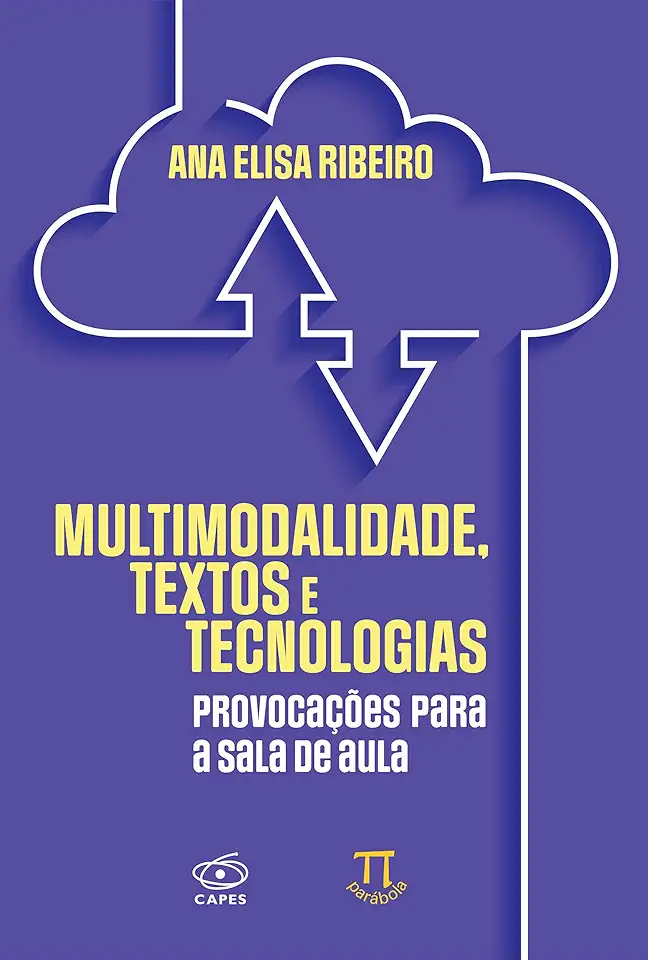
Language Technology and Education - Ana Elisa Ribeiro
Language Technology and Education: Enhancing Learning and Teaching in the Digital Age
Introduction
In the rapidly evolving landscape of education, technology has emerged as a powerful tool to transform teaching and learning experiences. Language Technology and Education, a comprehensive and insightful book by Ana Elisa Ribeiro, explores the intersection of language technology and education, showcasing its potential to revolutionize the way we teach and learn languages.
Key Themes and Concepts
1. Language Technology: A Game-Changer in Education
Ribeiro introduces the concept of language technology, encompassing a wide range of tools and applications that leverage computational methods to process, analyze, and generate human language. These technologies include natural language processing (NLP), speech recognition, machine translation, and more.
2. Enhancing Language Learning
Language Technology and Education delves into the specific ways in which language technology can enhance language learning. It highlights the use of interactive language learning platforms, adaptive learning systems, and virtual reality (VR) experiences to create immersive and personalized learning environments.
3. Empowering Language Teachers
The book emphasizes the role of language technology in empowering language teachers. It explores how technology can assist teachers in tasks such as assessment, feedback provision, and lesson planning, allowing them to focus more on student engagement and individualized instruction.
4. Fostering Collaboration and Communication
Ribeiro discusses the potential of language technology to foster collaboration and communication among learners. Social media, online forums, and collaborative writing tools enable students to connect with peers from around the world, enhancing their intercultural competence and language skills.
5. Addressing Challenges and Ethical Considerations
While recognizing the transformative potential of language technology, the book also addresses the challenges and ethical considerations associated with its use in education. Issues such as data privacy, algorithmic bias, and the digital divide are explored, emphasizing the need for responsible and ethical implementation.
Why You Should Read This Book
Language Technology and Education is a must-read for educators, language learners, policymakers, and anyone interested in the future of education. It provides a comprehensive overview of the field, offering practical insights and real-world examples of how language technology is revolutionizing language teaching and learning.
Conclusion
In Language Technology and Education, Ana Elisa Ribeiro presents a compelling vision of the future of language education, where technology and human expertise converge to create transformative learning experiences. This book is an essential resource for anyone committed to harnessing the power of technology to enhance language learning and teaching in the digital age.